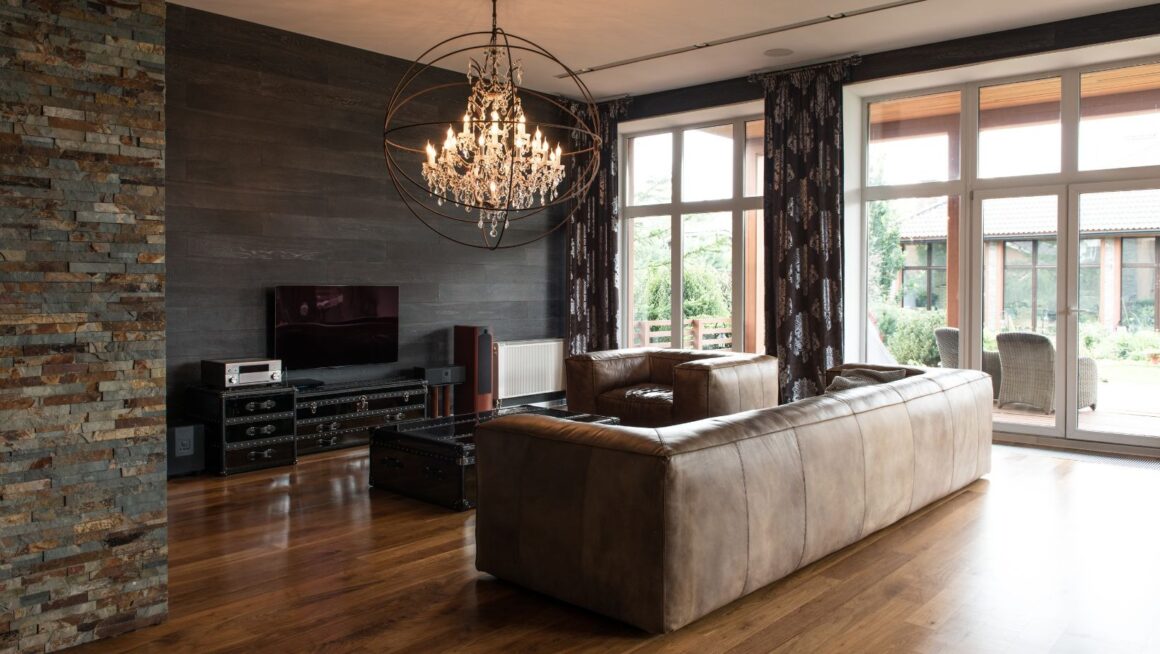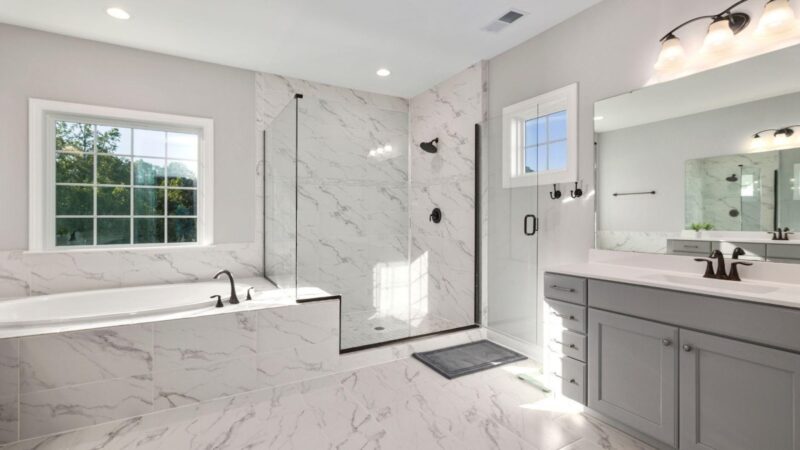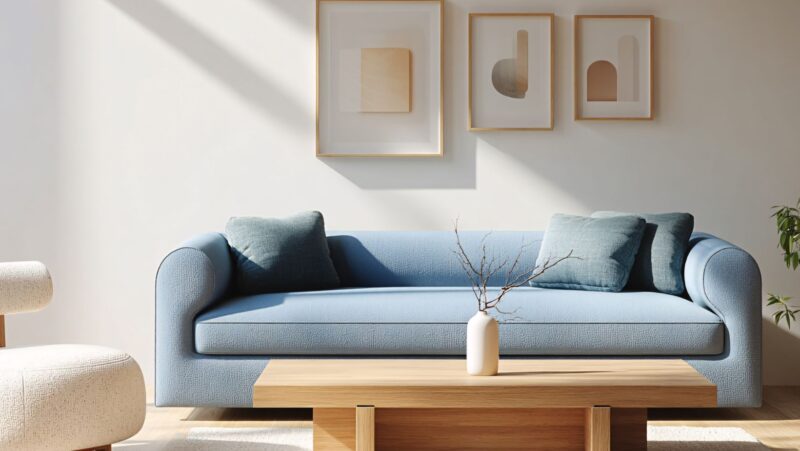
Designing interiors in a mountain town is not the same as designing for a city or suburb. Homes in places like Aspen come with a different rhythm, shaped by climate, terrain, and lifestyle. The expectations are high, the conditions unique. For Aspen interior designers, success means balancing elegance with warmth, durability with refinement.
Designing for Light and Views
In the mountains, light changes quickly. Morning sun can be strong, and by afternoon, the space may be shadowed by peaks. Interior design must work with these shifts, not against them. Choosing the right window treatments, reflective surfaces, and light-friendly colors helps keep rooms welcoming at any time of day.
Views are another key factor. A good designer knows when to frame a window and when to filter it. The goal is to draw the outdoors in while maintaining comfort and privacy. In Aspen homes, living spaces often center around the landscape, with interior elements chosen to enhance that connection.
Material Matters
Mountain homes face four full seasons, with plenty of snow, sun, and dry air. Interiors must be ready for boots, firewood, and the occasional ski gear, without losing their grace. That means smart material choices.
Hardwood floors that wear well, stone surfaces that handle moisture, and upholstery that resists fading are all important. Natural materials work best. They age gracefully, hold up to use, and echo the environment outside.
Wool rugs, leather chairs, and textured textiles add softness without being delicate. These touches invite relaxation while standing up to mountain living. Design here is about lived-in beauty, not perfection.
Layering Warmth and Texture
Comfort in high places often means layers. That’s true in fashion, and it’s true in interiors. A room with layered lighting, varied textures, and thoughtful proportions feels calm and collected. It invites people to stay.
Designers might mix stone with wood, wool with linen, matte with gloss. These combinations create depth. Add in soft lighting, subtle color shifts, and furniture with clean lines, and the room starts to feel like a retreat.
Mountain homes tend to be generous in size, which can create acoustic and visual gaps. Layering helps fill those gently, without clutter. It brings intimacy to wide spaces and harmony to active ones.
Designing for Lifestyle
Aspen homeowners often live active, social lives. Interiors must reflect that. A well-designed mudroom is as essential as a stylish living room. Storage must be flexible. Spaces must be ready to shift from quiet to lively.
This kind of design starts with listening. What does the family need every day? What kind of gatherings do they host? Are there pets, hobbies, or changing seasons to plan for?

An experienced interior designer builds spaces around these needs. Not just the look, but the flow. Furniture placement, lighting zones, and material durability all matter when design supports real life.
Balancing Modern with Mountain
Today’s mountain interiors often blend modern lines with rustic warmth. That balance can be tricky. Too sleek, and the space feels out of place. Too rustic, and it can feel dated. The goal is harmony.
This might mean a clean-lined sofa paired with reclaimed wood beams. Or matte black fixtures next to handwoven textiles. It means embracing contrast without tension, and simplicity without coldness.
Colors often reflect the natural palette: warm woods, soft grays, and occasional deep greens or blues. These tones anchor the space and connect it to the surrounding views.
The Personal Touch
Great interiors do not follow trends. They reflect people. In Aspen, that might mean art collected during travels, vintage skis, or custom furniture made by local makers.
Personal touches make a house feel like home. They give the space identity and heart. Designers help clients uncover these stories and bring them into the design in subtle, lasting ways.
A project might start with a favorite painting or a memory of a childhood cabin. These become sources of inspiration. The end result is a space that feels effortless, but only because it has been so thoughtfully crafted.
Interior Design for a Mountain Life
Aspen homes are more than places to stay. They are places to return to, places to gather. Interior design in this setting serves the landscape, the lifestyle, and the people who live within.
Aspen interior designers bring a special set of skills: a sense of place, an eye for detail, and a respect for how people live. Through warm materials, clean design, and quiet luxury, they help turn houses into homes.
In the mountains, comfort is not an extra. It is part of what makes a space work. Good design supports that comfort — with style, intention, and heart.












